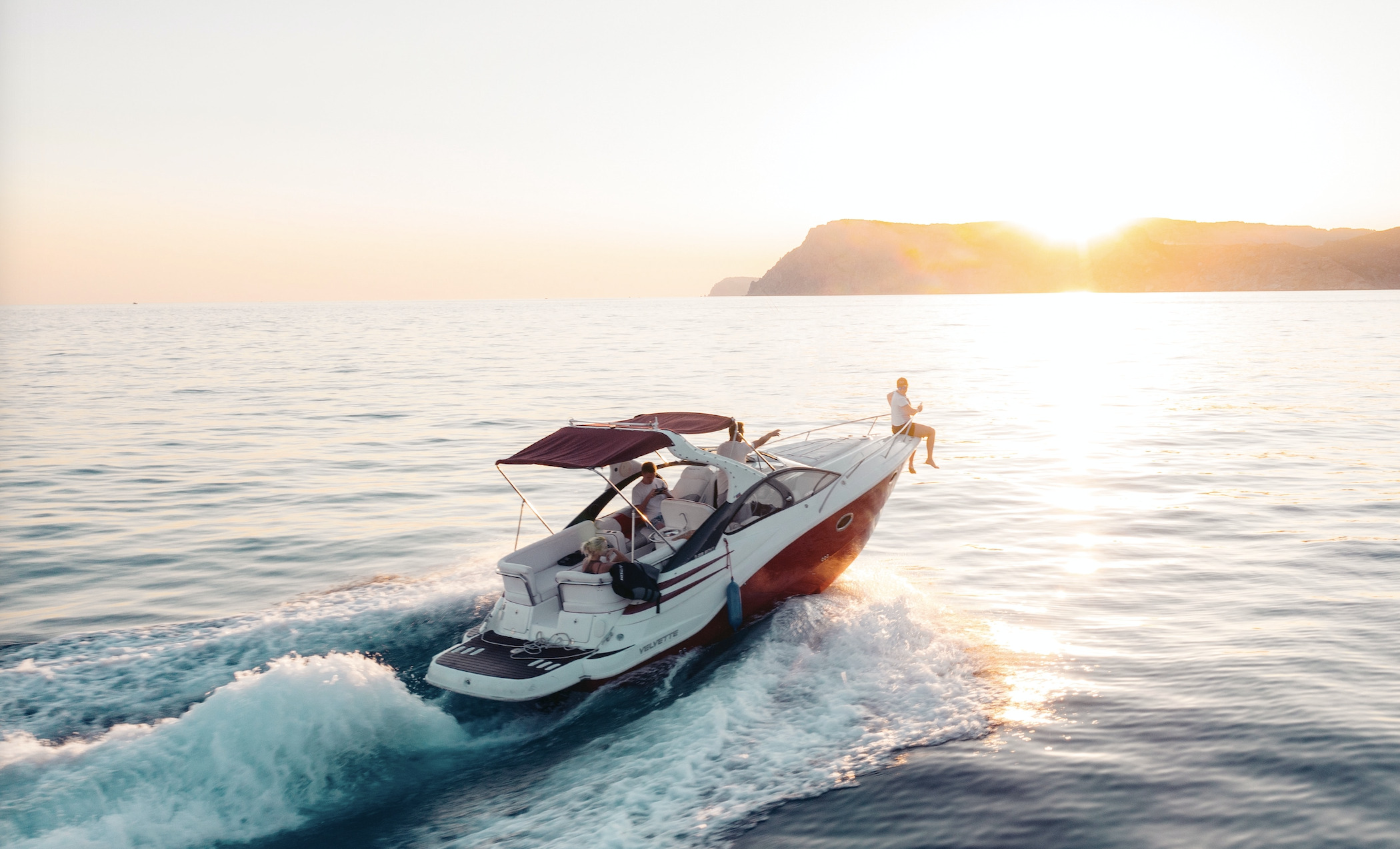
Registering your boat – don’t get burnt
ARTICLE: Registering your boat – don’t get burnt
By Mark Smith
CEng, CMarEng, FIMarEST, BAppSc(MarEng)
Engineering Surveyor
Accredited Marine Surveyor: AMSA – 3242-6148 4
Qld EC lic. 73995
Based in Brisbane, Australia, Mark Smith is an AMSA Accredited Marine Surveyor, qualified electrician, and a Chartered Marine Engineer with over 40 years’ experience. Mark is a member of the Australasian Institute of Marine Surveyors, and Fellow of the Institute of Marine Engineering, Science and Technology (IMarEST). Mark is the owner of SET Maritime & Electrical, designer of the revolutionary new shore connection device – ESHORE.
All boats – including personal watercraft (PWC) – with an engine of 3kW or more must be registered when they are on the water in Queensland.
One of the requirements when registering your boat, is the completion of the Queensland regulated ship registration application (F3525)
You can read more about the registration process here
What are you signing?
The form begins with outlining the important things you need to be aware of – see below.
Figure 1: Excerpt from Queensland regulated ship registration application (F3525)
One of the requirements that is important to be aware of is the last one:
‘Obligations under the Petroleum and Gas (Safety) Regulation 2018 and the Electrical Safety Act 2002 must be met.’
When you sign and lodge this form you are acknowledging that you, as the boat owner, have ensured that you comply with this.
What this means
As the boat owner, you are responsible for the safety of all who board your vessel and ensuring you are compliant with relevant legislation and standards.
To help you out, I’ve summarised the key points and the obligations that must be met below:
| Legislation / Standard | Summary / key points to note |
| Petroleum and Gas (Safety) Regulation 2018 | The relevant section of the Act is Division 3 and applies in relation to a gas system that uses fuel gas, other than a gas fuel system, in a vehicle or vessel. This relates to:Prescribed matters for giving gas compliance certificate for installationIssue of gas compliance certificate following inspection or AlterationNew vessel must not be offered for sale without a gas compliance certificateCopy of gas compliance certificate to be given to new owner of used vessel |
| Electrical Safety Act 2002 | The ES Act aims to prevent people being killed or injured and property being destroyed or damaged by electricity. It outlines the electrical safety duties of equipment manufacturers, importers and suppliers plus electrical equipment and installation designers, installers, and repairers. The ES Act stipulates the requirement for an electrical work licence and electrical contractor licence to perform electrical work. It sets out a framework that provides consumer protection against electrical work not properly performed or completed and the requirements for electrical equipment. Under the ES Act, the boat itself is not electrical equipment, but is an electrical installation. To Clarify this further most jurisdictions have legislated that with their Marine Safety Acts, that all registered vessels (Rectational & Commercial) need to comply with the Electrical Safety Act and reference the AS3000:2018 Wiring Rules. NOTE:It should be noted that the only jurisdiction that does not mandate this is NSW and does not stipulate any electrical requirements of Recreational vessels. |
In addition to this you also need to be aware of:
| Legislation / Standard | Summary / key points to note |
| AS/NZS 3004: 2014 Electrical installations – Marinas and recreational boats – Part 2: Recreational boat installations | Electrical installations in recreational boats in all justifications (except NSW) for new, modified and replacement installations must meet the requirements of this standard. Electrical installations in boats shall be carried out in accordance with AS/NZS 3000, except as varied within AS/NZS 3004.2 and with the applicable additional requirements of this Standard. All work is to be conducted by a competent person, who has acquired, through training, qualification or experience or a combination of these, the knowledge and skill enabling that person to perform the required task correctly. |
Read more about Electrical standards for recreational boats from Marine Safety Queensland here
What you need to do
To ensure you are compliant with the outlined legislation and standards, ensure you comply with the following:
- Get a suitably qualified and experienced marine electrician to issue you with a compliance certificate that testing is to AS/NZS 3004.2 and the Boat installation is compliant with AS/NZS 3004.2
- Use the correct size shore connection power cables, keep in good condition, and get them tagged and tested every 12 months
- Use the correct PI rated plugs in the marina power pillars to ensure a safe connection
- Install a shore connection device such as ESHORE that ensures correct polarity and that current is not normally running through protective earth.
You can subscribe to my blog for more articles on marine electrical safety and also refer to MSQ Marine Information Bulletins for updates.
For more information on everything you need to know about shore connections, watch my video series